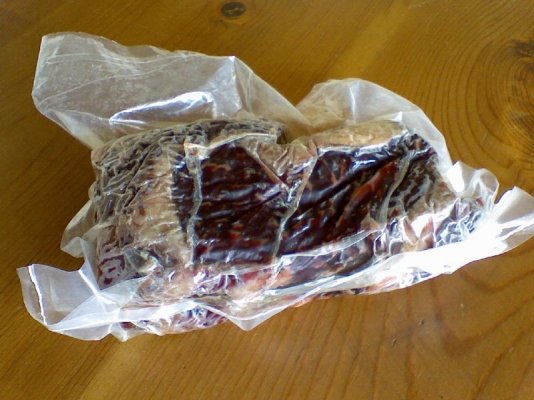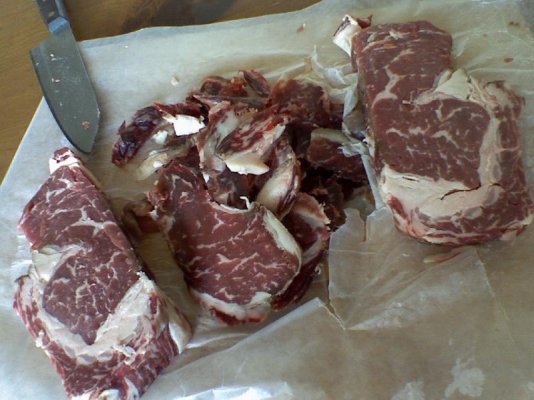Grilling season is in full swing here in Nebraska and I fired up my grill last weekend. I always buy dry aged steaks because I think they cook faster and more evenly and of course provide the best flavor and texture that only dry aged beef can have. They sell the DA ribeyes in Whole foods here for 21.99 a pound which is a bit pricey for me. I saw some food network show along time ago that demonstrated dry aging at home, but it looked pretty messy. So I was looking around online for a way to dry age in my fridge at home. I found these drybags that can be used to dry age whole ribeyes or striploins in a fridge. Has anyone tried to use them?




